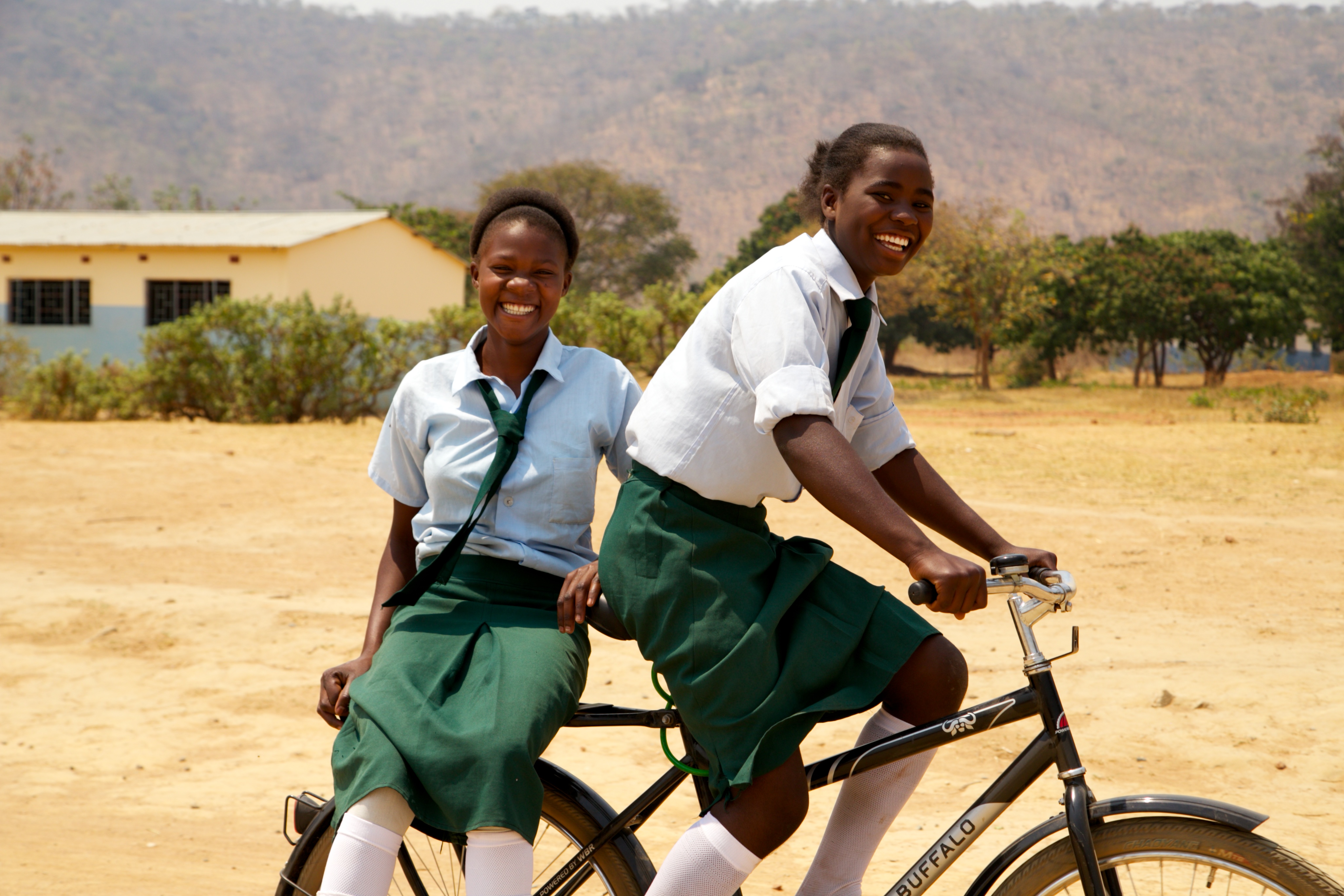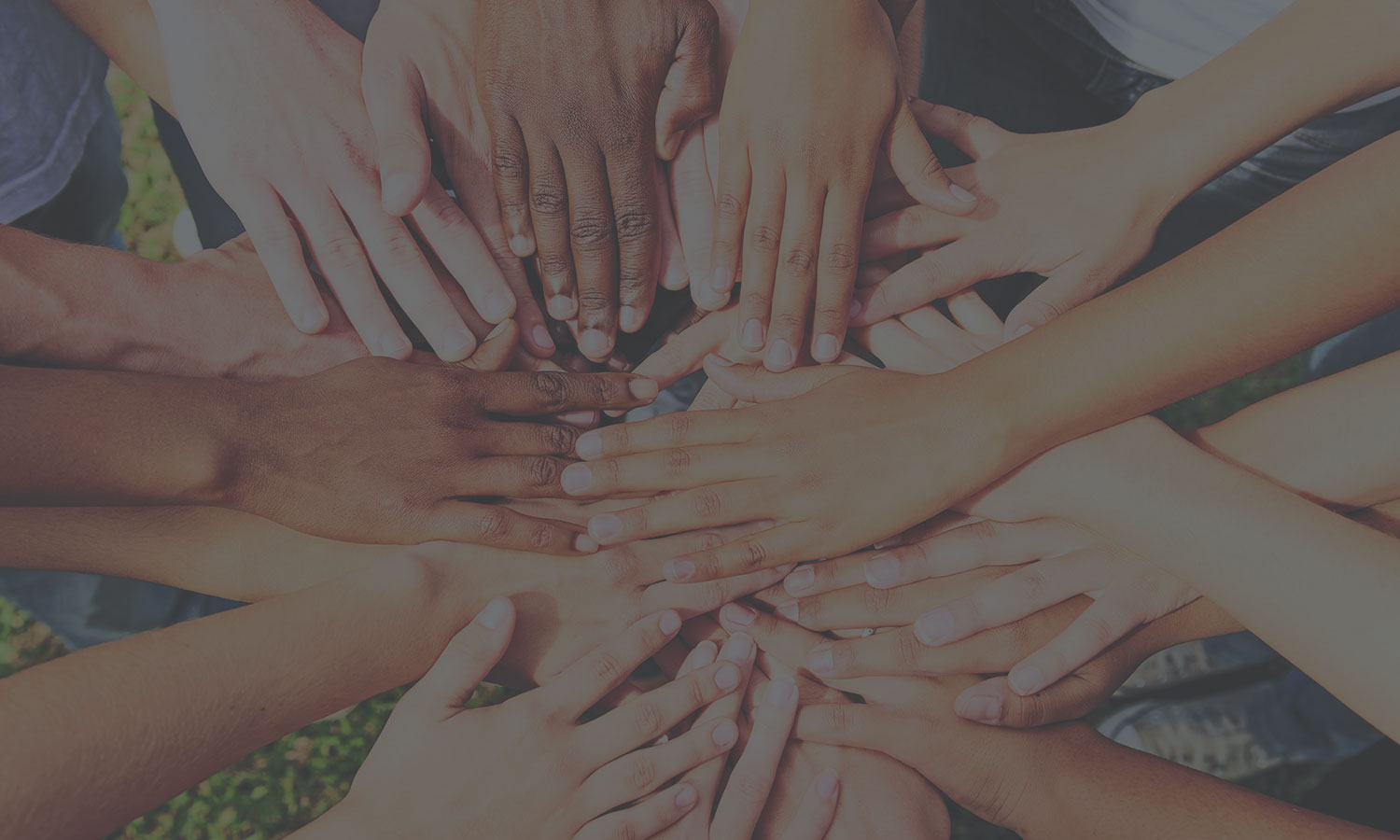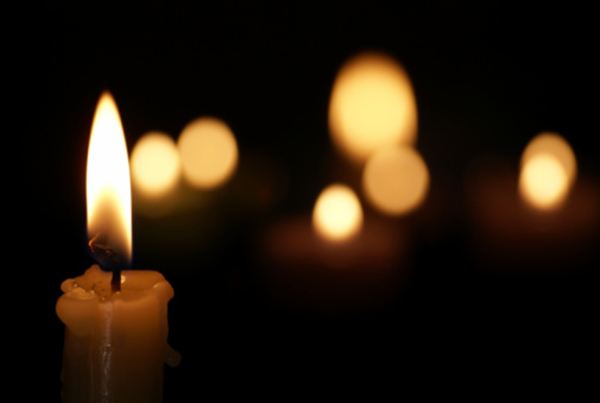What I learned from leading a girls empowerment group in Zambia

I was a community development volunteer in rural Zambia for almost four years. One of my roles was to facilitate youth empowerment sessions, which involved hosting a weekly girls club meeting at the local school. These girls were in the American school-equivalent of middle school, but their ages varied drastically. I was tasked with the intimidating job of facilitating discussions about relevant and applicable life-skills topics for girls at very different stages of their lives.
“Empowerment” was a term I thought I understood until I had to teach about it.
Operating under the assumption that I was an empowered woman myself, I thought that facilitating a girls’ empowerment group, even in rural Zambia, would be relatively easy. Once girls knew they had the right to prioritize themselves, their health and their future, they just would.
But as I quickly learned, the reality that my students were operating under was much more complex than I could have expected, and in the end, I may have learned more about empowerment than they did.
Personal empowerment doesn’t exist in a bubble. It can be taught and discussed in the safety of a classroom, but the unpredictability of the real world often results in unforeseen challenges that can, at times, seem overwhelming or insurmountable. These barriers don’t make empowerment impossible, but they do pose a serious question:
How do you teach people to make the best choices for themselves when the best choices aren’t an option?
School attendance was a victory. Family obligations, chores and health issues limited regular attendance. Financial limitations meant some families had to stop sending their daughters to school altogether while other girls would have to drop out early due to pregnancy or marriage. However, most of the girls loved school — the decision to leave was often not their own.
I wanted to tell these young women in my girls’ group that they could do anything they wanted with their lives and that their futures were limitless. But, sadly, that was not the reality. Gender inequality, extreme poverty, and cultural expectations often held them back. For the girls who weren’t allowed choices, my big idealistic views of empowerment were alienating. If a girl was forced into early marriage, I didn’t want her to think it was her fault. If a girl had to drop out of school to fulfill her family obligations, I didn’t want her to blame herself. If she wasn’t able to do anything and everything she wanted with her life, I didn’t want that to diminish her self-worth.
I started to change my message. It was a simple message but one that I thought gave the girls a truer sense of power: “You are important.”
These girls needed to realize that they were valuable and that they mattered, even if they did not have the ability or resources to improve their situations. External factors should not dictate their internal validity. These girls had to learn to recognize the value of their own lives and own futures even if others did not.
I learned that empowerment is a process. It happens at a societal level, but it starts with the individual. Empowerment does not mean having a choice in everything. It means finding where your choice in everything is.





